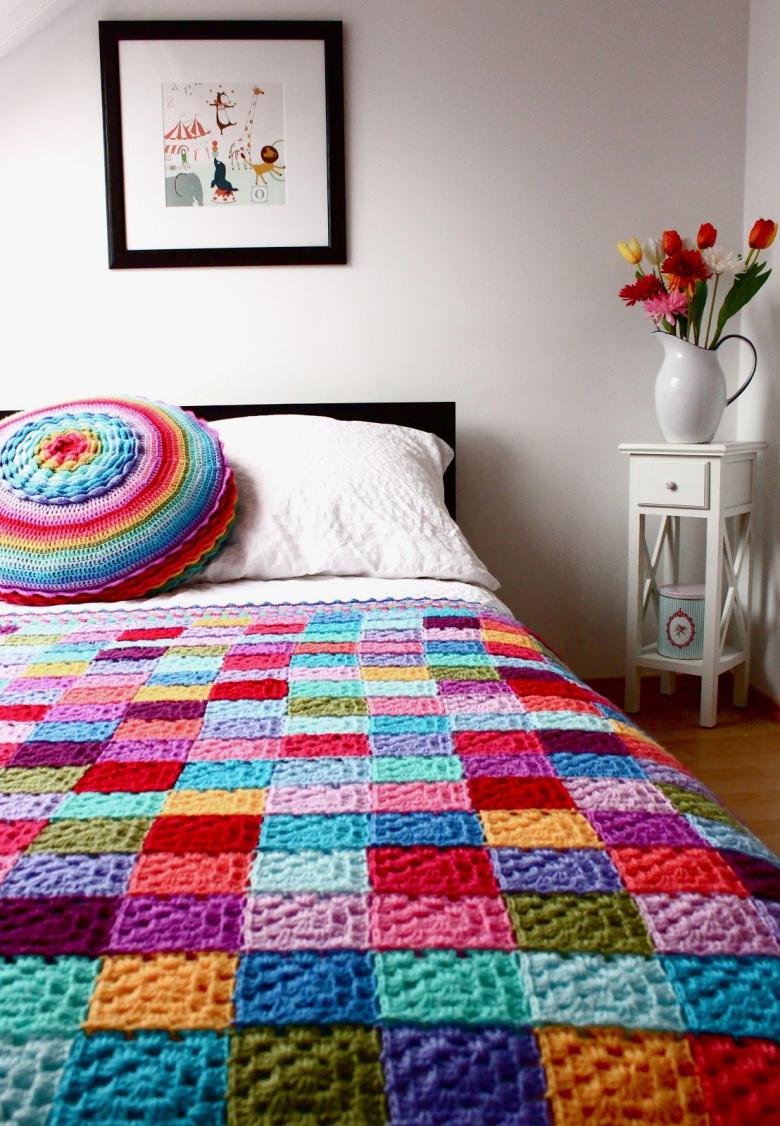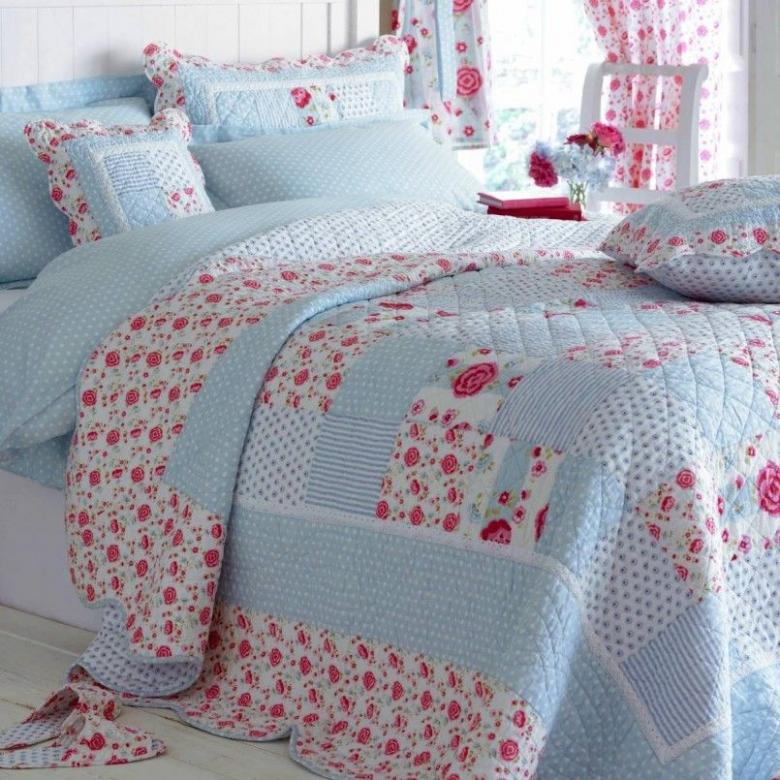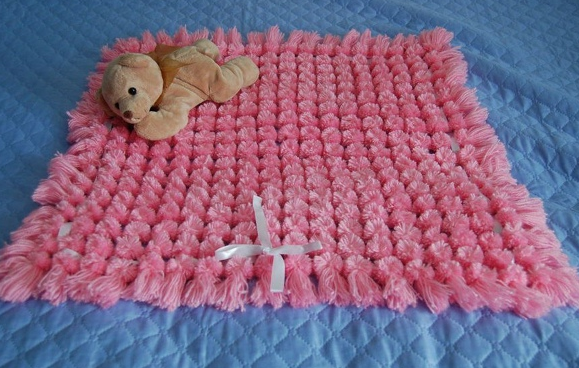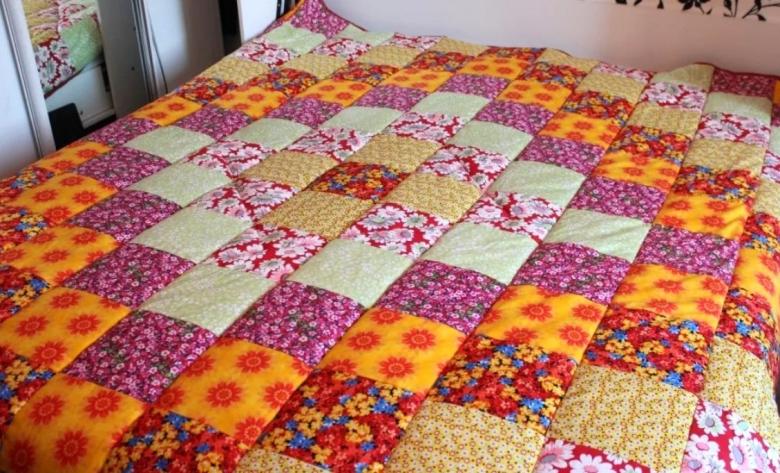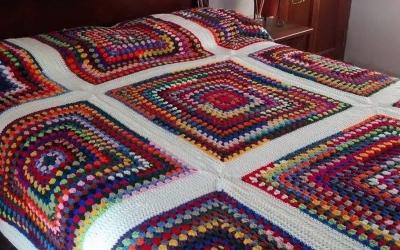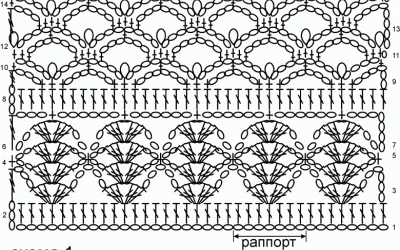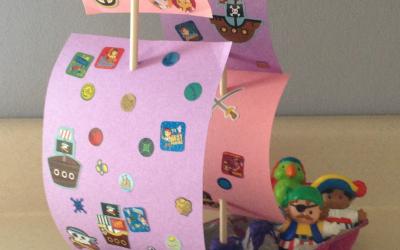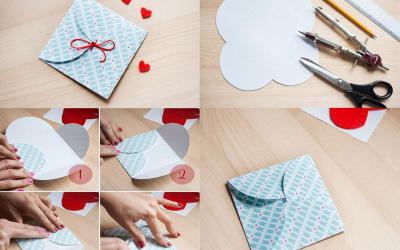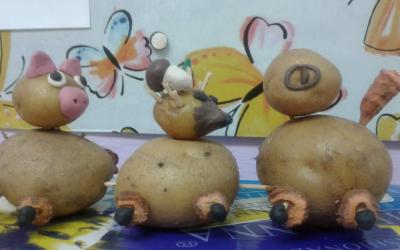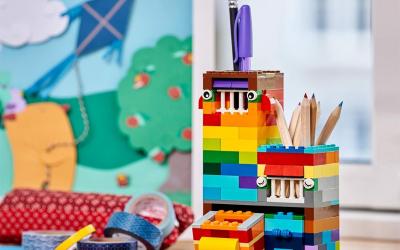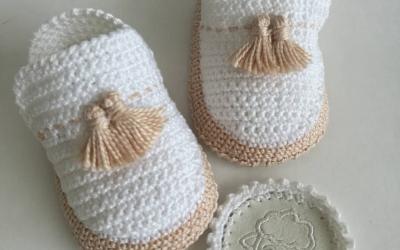The bedspread with your own hands: 6 creative ideas
Bedroom - a place where a person rests not only the body, but also the soul. Interior design should be pleasant, soothing. Not a small role in creating the right mood is played by textile accessories. Curtains, rugs, decorative pillows and bedspreads. A covered bed most often acts as the "center" of this room. Beautiful and original such a thing can be sewn yourself. For this you need a little time, patience, the necessary equipment and your desire.
Sew a bedspread with your own hands
Bedspreads have not only an aesthetic task. One of the purposes of this textile is to conceal, protect from dust and dirt bedding.
Choosing a bedspread is not a problem. You can buy a quality product in a store. But will it meet all the requirements of the hostess? If you own the slightest bit of sewing skills, you can try to make the bedspread yourself. Bedspreads are made with their own hands, when you want something unusual, elegant, not like everyone else. And most importantly, you put your labor, love and care in this thing!
Sewing a simple blanket, which looks like a rectangular piece of fabric, even beginners can do it. A bit more difficult will be a textile product with the addition of ruffles, flounces, corners. It can also be made double-sided - a great idea for those who like to change the environment, but at the same time not to spend a lot of effort and money. It will be difficult enough to create a cape in patchwork style.
To begin with, let's understand the intricacies of fabric selection, colors and decorating features.

What fabrics are better for sewing a bedspread and can they be combined?
When choosing textiles to work with, you should consider your sewing skills. You will need to work with a large piece of fabric. Also make sure whether your sewing machine will take a thick fabric. If you're new to the business, it's worth practicing on simple materials (cotton). They're easy to work with and don't slip. If you have sewing skills, the choice of fabrics for sewing a bedspread is wide:
- wool;
- velvet;
- silk;
- fake fur;
- plush;
- tapestry, etc.
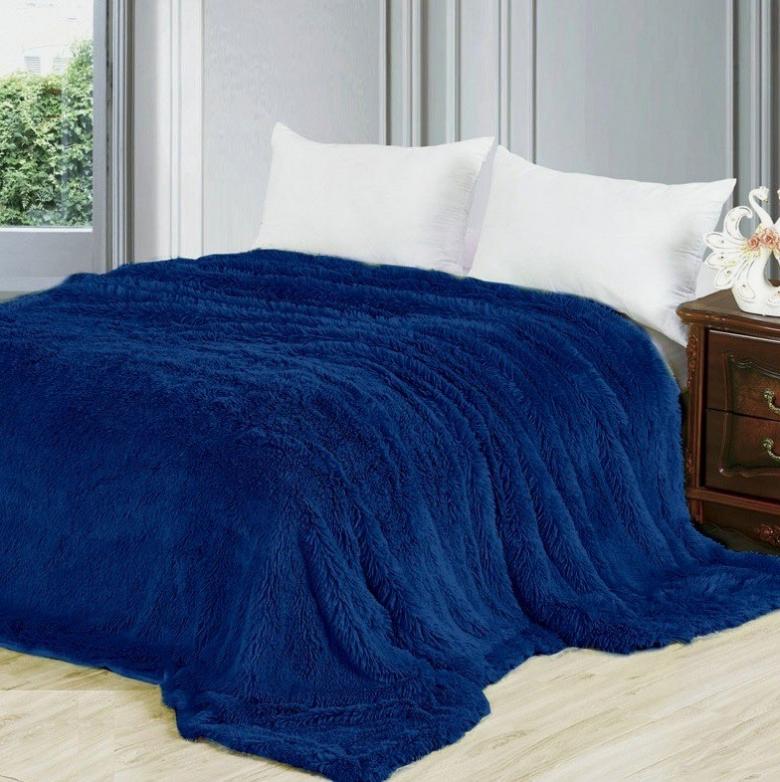
Remember that the material should be comfortable to work with. In the future, such a product should be pleasant to use, fit into the interior of the bathroom, living room, bedroom.
Attention! On the quality of the chosen fabric for sewing depends on the overall appearance of the cape and how long it will last.
Consider the advantages and disadvantages of the most popular fabrics that hostesses use to make bedspreads and their match with the interior of the bedroom.
- Tapestry - a portier, natural material without the addition of artificial thread. Dense. The product of tapestry has a long service life. Does not require special care. Will accentuate the classic interior. You can choose from a variety of shades and patterns and pick the right one for the general idea of the bedroom. It is reasonable to sew bedspreads for large double bed, as the smaller size will hide the majesty and beauty of the material.
- Satin is an option for a classic interior. The material is elastic. Does not stretch. Does not deform. Requires delicate washing. Hypoallergenic.
- Cotton is a natural material. Does not cause allergies. Affordable. Cotton fabrics are long-lasting, does not deform. Does not require special care. With the right choice of colors and design, capes are used in any interior. The only disadvantage is the lack of effect. But the practicality of the material compensates for this disadvantage.
- Wool is a material that creates warmth and comfort. Sewn cape can be used as a blanket on cold winter evenings. Quality wool lasts a long time without losing its original qualities. Woolen blankets can not be washed, only whipped or dry-cleaned. Can cause allergies - this is a minus.
- Artificial fur is a synthetic material. It is also advisable to use to decorate large beds. Of the disadvantages - difficult to care for, electrifies.
In the manufacture of quilted bedspreads use a lining - sintepon.
Color scheme
Choosing the color of the material, analyze the room and its occupants. If there are pets or children in the house, give preference to colorful, patterned fabrics. They will not be as visible as stains.
The right color material for the bedspread can not only complement, diversify the created bedroom interior, but also visually correct the shape. Use dark and cool colors for bedspreads in a spacious room with enough light. If the room is not enough sunlight, use fabrics of light and warm shades.
A striped print on the material can visually elongate the room. It is important to properly place the stripes in the right direction. If the fabric with a floral print, it is desirable that some elements of the interior repeat it. But in the case of mottled wallpaper, curtains, carpets, the cape should be solid color.
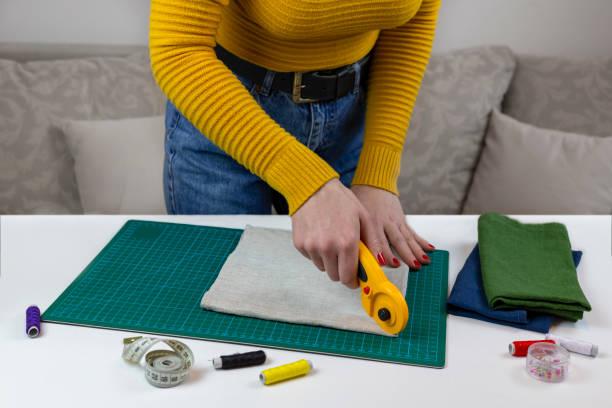
Preparing for sewing
Select the patterns. Make a pattern in a reduced size. Calculate the amount of fabric you will need. The consumption depends on the size of the bed, its height and whether drapery will be used. To calculate a simple bedspread, measure the length and width of the bed. Add 2 cm for the hem and the height of the hanging edges.
A quilted quilt requires a bit more fabric. Double bedspreads can be sewn from several pieces of fabric, but note that the seams will be visible. If the pattern requires fitting, take 10-25% more fabric.
Separate calculations require folds, bouffes (creases on the fabric). If you plan a hem, then use a length cut narrow for it. Measure the size of the bed (perimeter) and add 60 - 150% depending on the depth of the folds and their number.

Decorating bedspread design ideas
If you want to sew your own bedspread, decorating ideas should interest you. Use frills, fabric flowers, bows, tassels, ribbons, applique and embroidery.
Attention! So they do not interfere with lying or sitting, place them around the perimeter and hanging edges. Embroidery and applique can be placed on the surface of the bedspread. This decoration is an exception to the rule.
For ruffles, tassels, bows, use fabric of the same shade. But if you want to highlight the decoration, take fabrics of a different color or texture.
Do not use several kinds of decoration at the same time. In most cases, one or two types of elements are enough to give the desired effect.
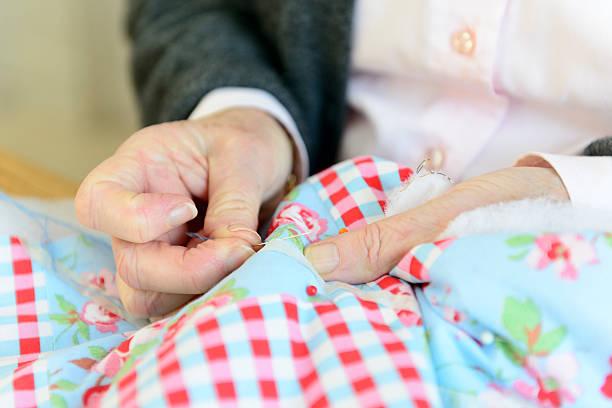
Different techniques for making homemade bedspreads
The easiest way is to take a piece of fabric according to the size of the bed and decorate it, if you want. But among the known techniques, there are other ways to create a bedspread. The bedspread can be sewn from scraps, supplemented with bouffes and even knit with spokes or crochet. Let's consider in more detail the techniques of execution of bedspreads.
- Traditional technique. Choose a fabric-basis. Cut it according to the pattern. Sew. You want to decorate with bouffes, then you need to pull the stitches. Depending on the type of bouffant chosen, get a voluminous pattern (clearly drawn lines on the fabric). Ruffles and ruffles are added to the traditional sewing technique. To do this, these parts are made separately, and then the parts are sewn together as a whole.
- Patchwork or patchwork sewing technique. A very popular type of bedspread. Allows you to create a unique product. At the beginning of the work, choose patches, suitable in style and color. Canvas can be different in texture. According to the chosen scheme, sew them in parts to each other. The finished product is ironed. Stitched to the synthetic or fleece.
- The technique of creating a quilted bedspread. To do this, select the fabric basis, lining (sintepon) and lining material. Fabrics for quilted products are suitable lightweight (satin, cotton). The fabric is sewn to the lining not only on the perimeter, but also a certain number of stitches horizontally and vertically. As a result, get a cape with slightly bulky squares, rhombuses.
- Knitting technique. The choice of yarn at your discretion. In fashion, a large yarn, creating a coarse knitting. You can knit a patchwork and later join.
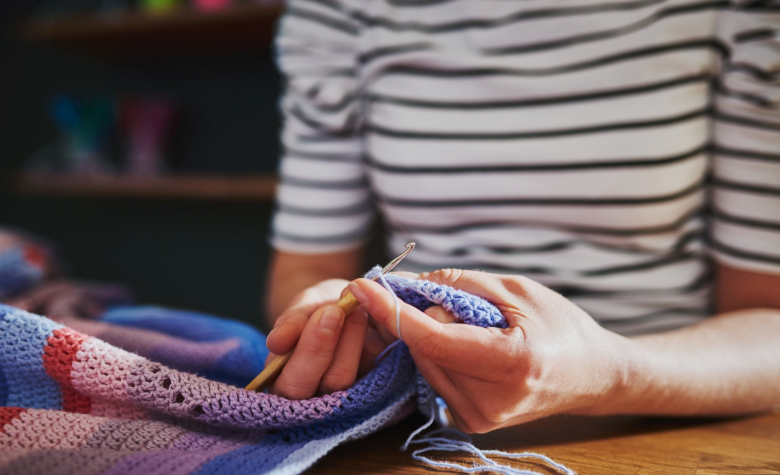
Sew a bedspread ideas.
Next, consider step-by-step instructions on how to sew a bedspread yourself using such techniques.
Bedspread in patchwork style step by step instructions
Sewing style, which involves joining together fabric patches into a single whole is called patchwork. Work is painstaking, requires attention and time. In the process of making a bedspread, you will need the following materials:
- sewing machine;
- needles and thread;
- scissors;
- chalk;
- cardboard template;
- scraps of fabric, selected by color, cut out in the form of a template;
- cloth for the lining (thick material sintepon or cotton);
- iron with steam function;
- measuring tape.
Step by step instructions for sewing a bedspread in patchwork style.
- We make a cardboard template. A simple option for beginners is a square shape. Next, you can practice making triangular, rectangular, or rhombus shaped patchwork templates. Cut out the template on hard cardboard. Any size at your discretion, taking into account a couple of centimeters for the allowance.
- Consider the appearance of the bedspread. You can schematically represent it on a piece of paper, based on the fabric available. We calculate how many pieces of this or that color you need.
- Take the cloths. They can be different in color and texture. But remember, if you take a dense fabric, all the pieces should be about the same thickness. Do not combine tapestry and thin cotton, for example.
- Cut out the flaps according to the template. Put the cardboard cutout against the fabric. Hand holds the template, outline with chalk, cut out. Wash and rinse them in conditioner. Dry and steam with an iron. The blanks are ready.
- Stack the flaps on the surface according to the invented scheme.
- We join in strips, which are further stitched together according to the size of the future bedspread.
- All seams and folds on the wrong side with a steam iron. Repeat the process on the front side.
- According to the size of the bedspread we cut out the lining. If your bedspreads are made of thin fabric, you can additionally cut a synthetic insulator. But its dimensions should be 5 cm less at each edge.
- On a flat surface fully lay out the lining material face down. On top of a comforter and patchwork fabric. Connect all the pins.
- Sew the parts on a sewing machine. The presser foot should be changed to a special embroidery foot.
If desired, the resulting product is decorated on the edges with a ruffle of the same cloth or use any other decoration.
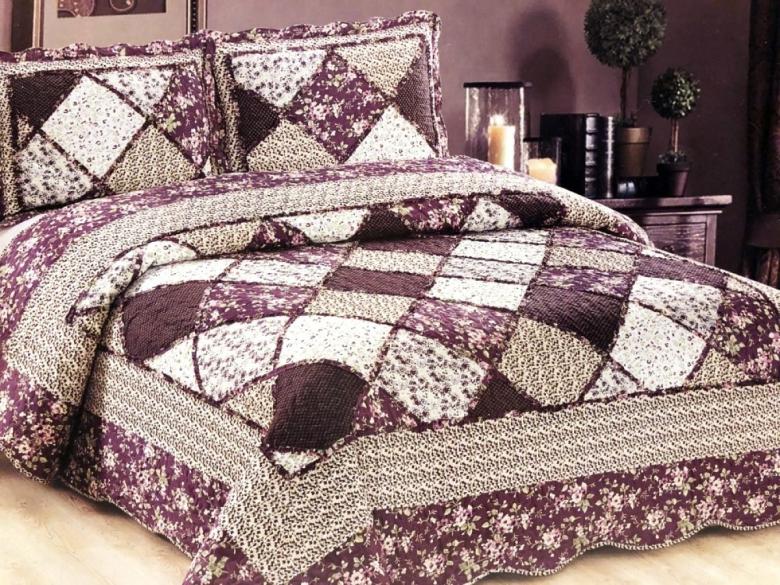
How to sew a bedspread from old jeans
Try using jeans to sew a patchwork style cape. Previously, we unstitch the selected jeans, wash and iron them. Then the process follows the same pattern.
So that the bedspread, sewn with your own hands from old jeans, looked beautiful, select the fabric of different shades (light blue, deep blue, blue). In the process of patterning, make sure that the work does not include scraps with scuffs and obvious signs of wear and tear.
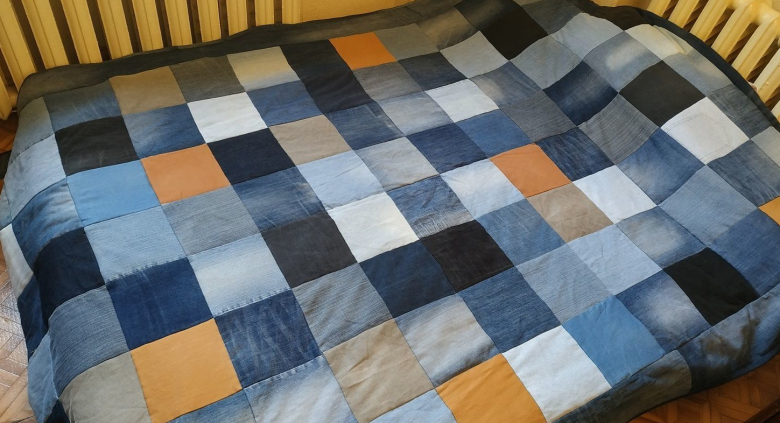
Quilted bedspread step by step instructions
Quilted bedspread is somewhat similar to the patchwork style, only it uses a solid piece of fabric instead of scraps. To work, prepare:
- sewing machine;
- iron;
- needles with thread, pins;
- cloth for lining (preferably cotton);
- cloth for edging;
- A piece of material for the front side of the cape (it is better to choose a suitable width and length so that there are no unnecessary seams on the product);
- a piece of synthetic heater (thin);
- measuring tape;
- chalk;
- a large ruler;
- template blank.
Step by step execution.
- Wash the lining and backing fabric. Dry and iron. This prevents the fabric from sagging.
- Prepared material for the front of the bedspread spread out on a flat surface. Measure the required size with a tape, mark it with chalk and cut it off.
- Process the edges with an overlock.
- The same actions are carried out with the lining fabric. But the size should be slightly larger. Process the edges, the allowances smooth out with a steam iron.
- Think about what will be the stitches on the bedspread (shape, size). Prepare a template. Spread the front cloth on the surface upside down. A double-sided adhesive tape will help to fix it. With the help of a ruler, crayon and template from the back side of the fabric we draw out the stitches. We move from the edge to the center.
- Spread out on the floor lining, on top of the synthetic material. Secure them to each other, sewing large stitches. On top we put the front fabric. Make sure that there are no misalignments and all the parts lie flat.
- Connect the parts with thread. Sew from the middle to one side, then the other side.
- Next perform the quilting process on the sewing machine. Move from the middle to the edges, making cross stitches and then longitudinal stitches according to the markings
The last step is attaching the fabric edging to the cape and ironing it down.

Read also how to sew a pillowcase with your own hands.
How to make a ruffle for a bedspread
For the ruffle take fabric, in tone with the bedspread or a suitable color. Apply a solid fabric or pieces of fabric that need to be sewn together.
Make a pattern of edging according to the size of the finished quilt. Pin the material for the ruffle to a length of one meter, making the folds. Detach and measure. The resulting number is the amount of matter needed for 1 meter of length of the product. Multiply it by the remaining length. Prepare the ribbon, stitching the folds of the ruffle. Sew to the cape.
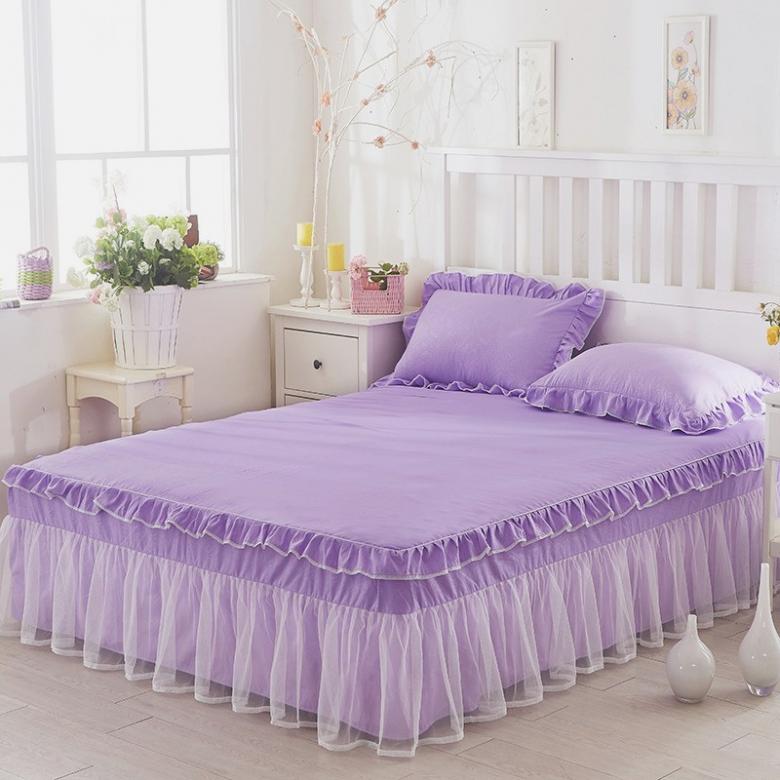
Video quilt with ruffles making
Making a pompom blanket for a baby step by step instructions
Bedspreads with pompoms are suitable for a child's bed. You will need soft yarn of one or more shades to make it.
- We prepare a wooden frame. Screw screws into it at a distance of 0.5 cm from each other. Thread through the frame in the following sequence. Fixing across. Then vertically. Fix the end of the thread on the top screw. Dip down and get behind the two screws. Thread through the longitudinal line, then turn and lead it across to the end.
- Secure the threads of a different shade - the base of the pom-poms. Take bright colors.
- Make knots at all intersections. Pom-poms are obtained by cutting the thread in the center at the intersections.
If you did everything correctly and followed the sequence, the product will turn out lush and delicate.
Photo ideas of original homemade bedspreads

